Plantar Fasciitis
Read More >
Heal pain after running is one of a runner’s most common running injuries caused by conditions such as Plantar Fasciitis, Fat Pad Syndrome and Calcaneus Stress Fractures.
Heel pain after running is often a result of overuse, a biomechanical overload or a sudden change in activity levels. Heel pain after running can be debilitating; if the correct management isn’t taken, it can lead to structural change in the tissues or bone. Numerous conditions can cause heel pain after running; we will try to cover most of them in this article.
While multiple conditions can cause heel pain after running, most of them can be alleviated using the following methods:
Footwear: Cushioned footwear can reduce the forces placed through the heel and relieve your heel pain after running
Cross-training: In most cases, it is unnecessary to stop running if you have heel pain, but consider replacing a running day with a non-impact activity such as swimming or cycling.
Alter Running Surfaces: Changing the firmness of the ground can reduce or vary the force going through your heel when running. Consider grass, tarmac and track surfaces to mix up your running routine.
Ice: Applying ice to your heel for 10-15 minutes every 2-3 hours after running can reduce post-run heel pain.
Modifying your Running Technique: Changing from a heel striker to a midfoot or forefoot strike can alleviate heel pain after running. A high cadence of 171-180 steps per minute is another way to reduce the force placed through your heel when running. Before making any of these changes, we recommend consulting with a healthcare professional.
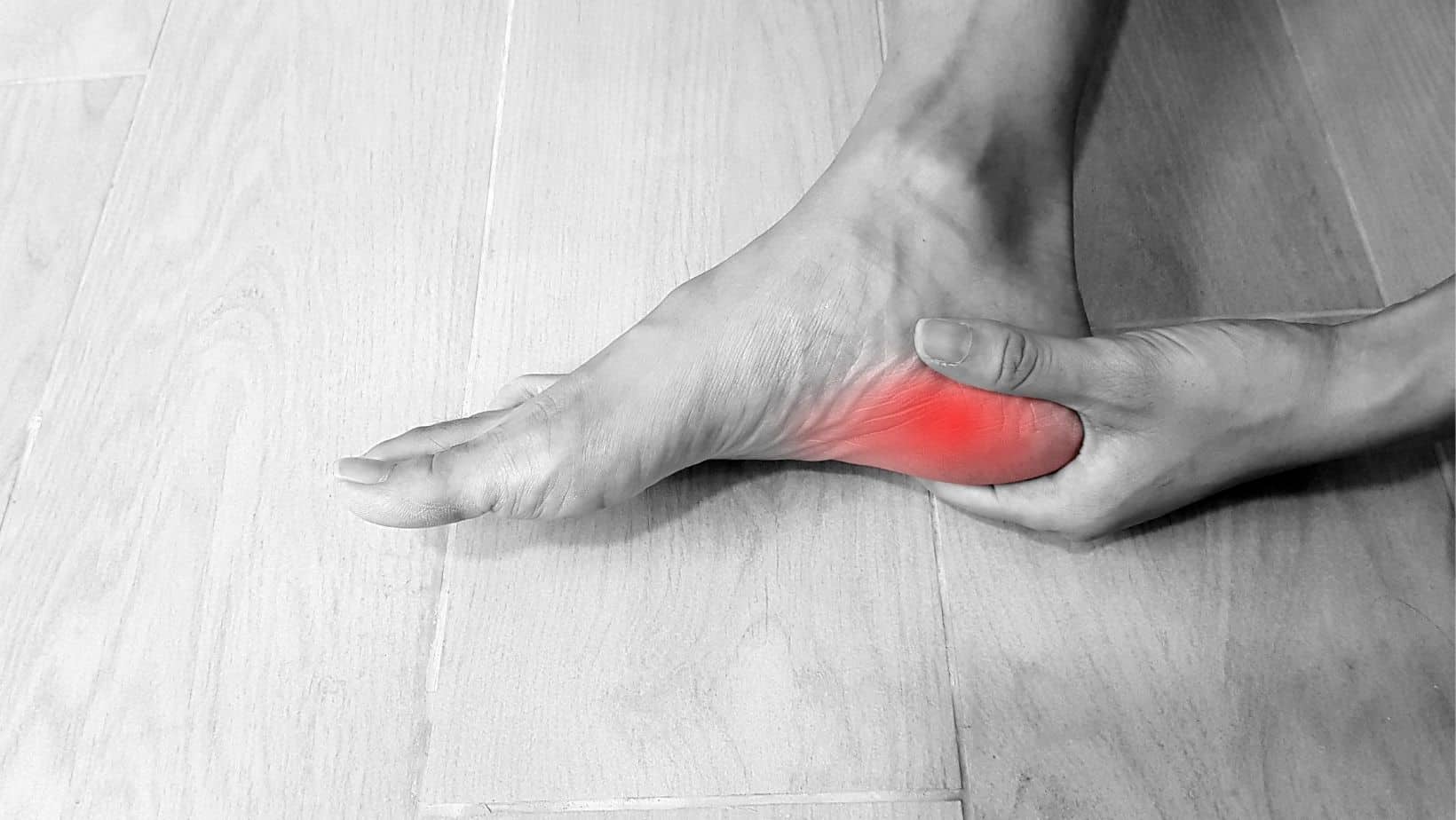
The Plantar Fascia is a band of tissue that runs from the heel bone to the forefoot. It is a non-contractile tissue whose primary purpose is to provide stability to the foot. If the Plantar Fascia becomes overloaded, it can become inflamed, leading to Plantar Fasciitis.
Plantar fasciitis is primarily felt on the inside of the heel but it can spread along the arch of the foot. It is commonly painful at the start of a run, eases during and is worse after.
Strengthening exercises are the best form of treatment for Plantar Fasciitis while good footwear play a vital role in easing your heel pain.
Under the heel bone (Calcaneus) is a Heel Fat Pad that acts as a cushion. Excess pressure on this fat pad when running can cause swelling and pain in the heel after running.
Heel fat pad pain causes sensitivity when pressing directly on the underside of the heel. When the condition deteriorates, it can be painful with every step during and after running.
Heel Fat Pad pain is most common in the central aspect of the heel bone’s plantar surface; walking can be painful if the symptoms are severe.
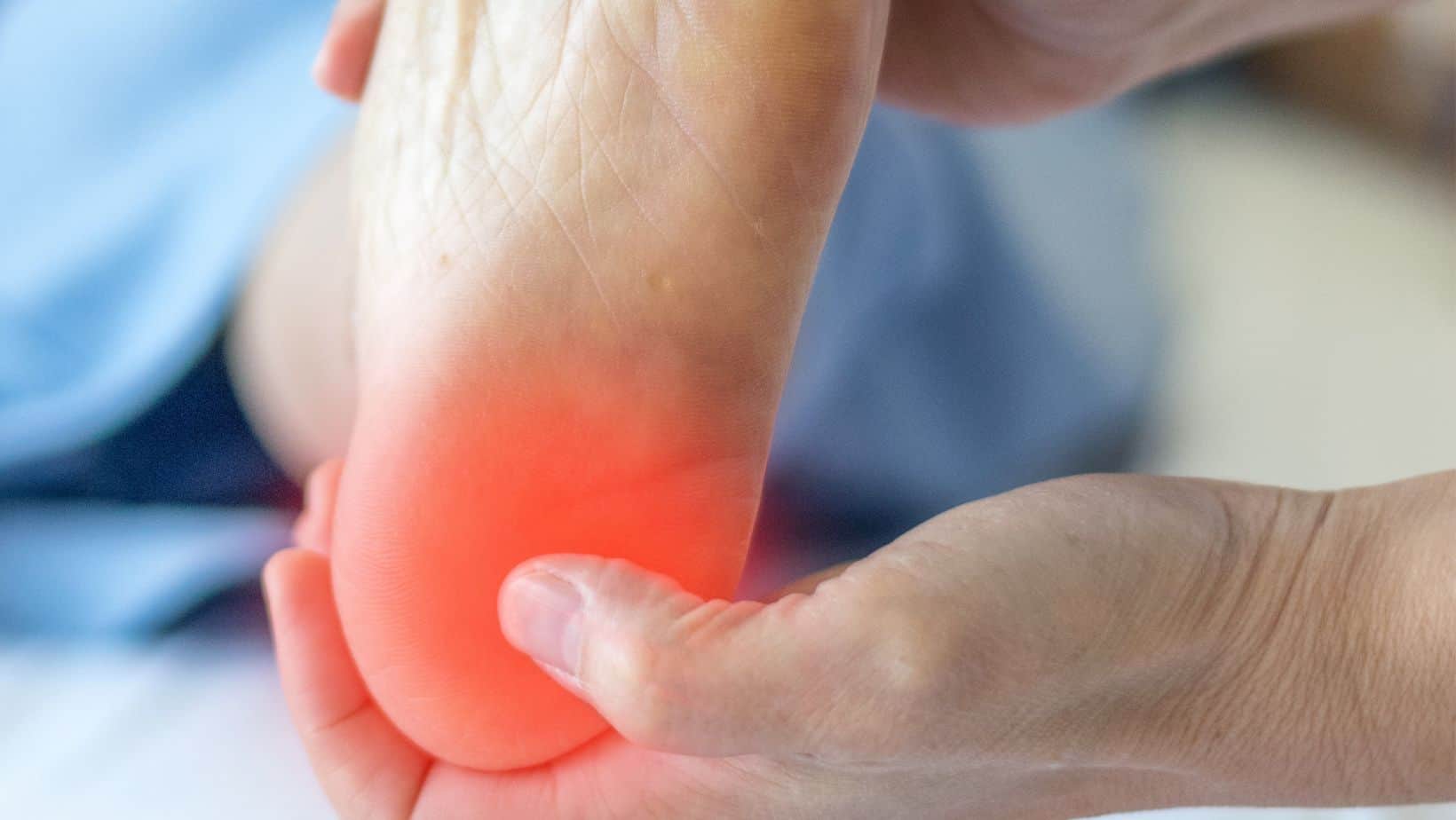

Lateral heel pain refers to pain on the outer side of the bottom of the heel bone. This is often a result of compensation mechanisms from having Plantar Fasciitis.
As Plantar Fasciitis provides pain on the inner side of the heel bone, when running you may subconsciously shift your weight onto the lateral heel.
This additional force that the lateral heel is not accustomed to can result in pain. Other causes can High arches (Pes Cavus) or poor biomechanics that lead to excess pressure on the lateral heel bone.
When heel pain is non-specific we refer to it as Plantar Heel Pain.
Calcaneus stress fractures are commonly misdiagnosed as Insertional Achilles Tendonitis. The repetitive force from running can cause micro-trauma to the calcaneus (heel bone), leading to a calcaneus stress fracture.
Symptoms include pain when running during the impact of the heel with the ground with heightened heel pain after running.
Diagnosis can be established through an X-ray in the early stages, but if there is a lot of pain, inability to hop with swelling, and an X-ray result is normal, then an MRI may be required.
Treatment for a calcaneus stress fracture typically involves 4-6 weeks in an air cast boot followed by 4-6 weeks of Physical Therapy.
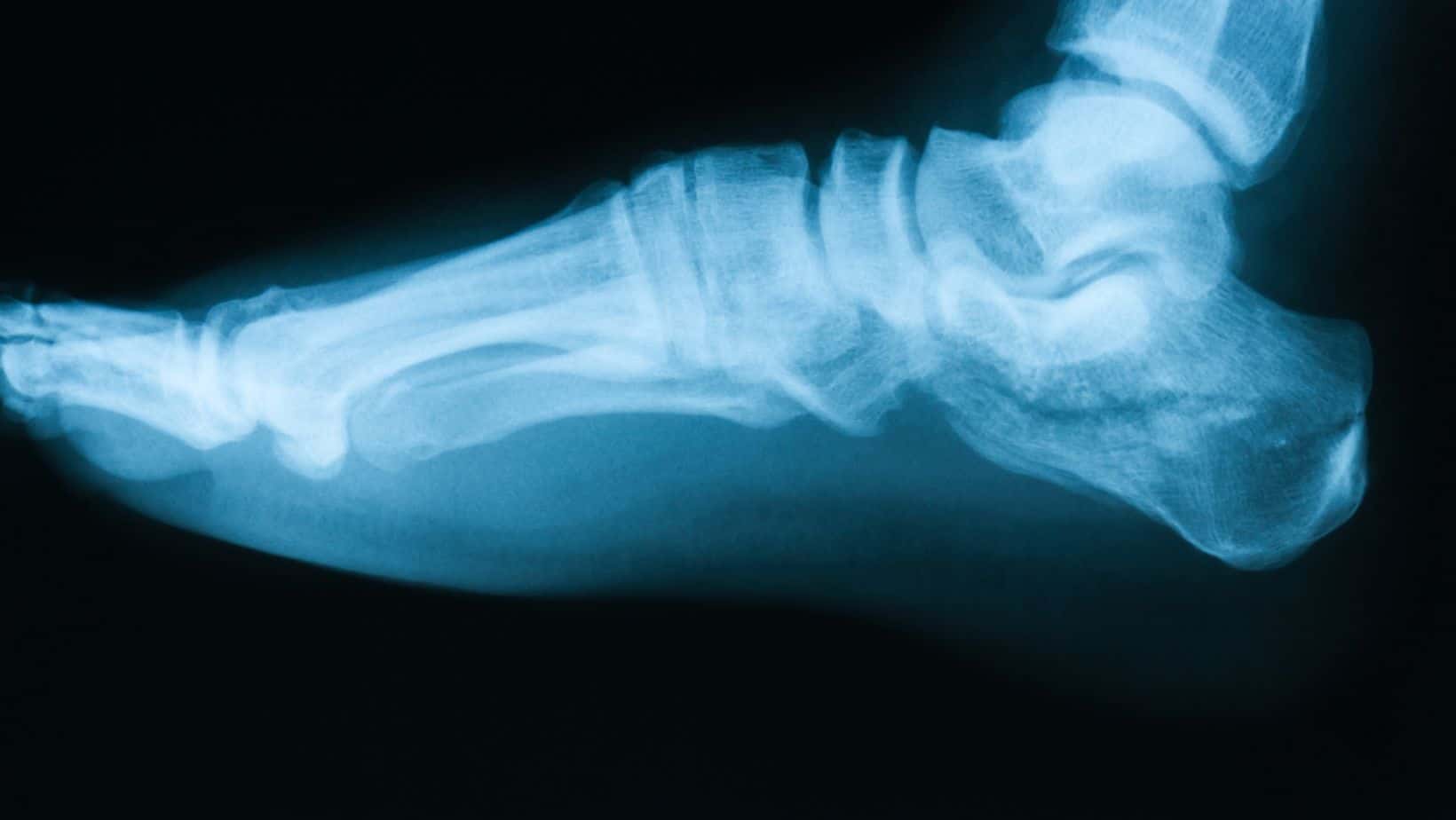
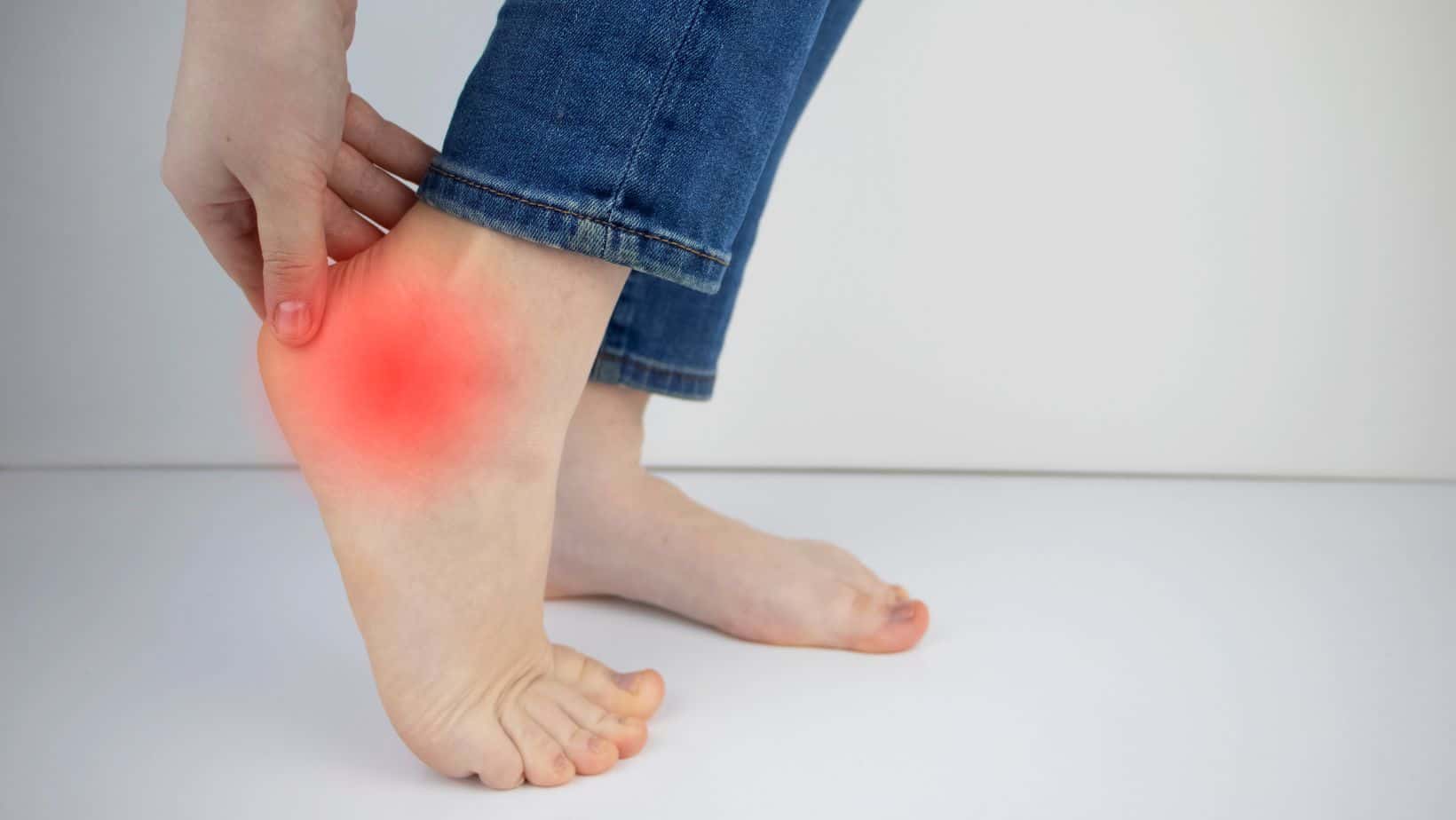
The Achilles tendon is one of the largest tendons in the body. It attaches the calf muscle group to the back of the heel. If the area of the Achilles tendon closest to where it attaches to the heel bone is painful and inflamed, called Insertional Achilles Tendonitis.
The early stages of this condition can cause back of heel pain after running. Pain levels may improve after warming up but return in the 24 hours after a run while morning stiffness in the heel is worse after a run.
If someone continues to run without the correct management, Insertional Achilles Tendonitis can cause back of heel pain throughout the whole run. It is treated with a strength training program under the guidance of a Physical Therapist.
A bursa is a sac full of fluid that acts as a cushion between a bone and a tendon. The retrocalcaneal bursa sits on the back of the heel bone. If it becomes overused or experiences trauma such as a kick or other direct impact, it can become painful and swollen. If this occurs on the back of the heel bone, it is referred to as Retrocalcaneal Bursitis.
When running, if the bursa is overloaded through a sudden change in running volume or speed, running shoes are too tight or there is a biomechanical overload, this can lead to retrocalcaneal bursitis.
This is an inflammatory condition, so a treatment plan should include increased rest between runs. Ice and anti-inflammatories are helpful.


At the back of the heel bone, extra bony growth can occur. This is referred to as a heel spur or Haglunds Deformity. There is uncertainty over whether there is a correlation between a heel spur and pain. The reason for this uncertainty is that a large portion of the population has a Haglund’s deformity and can run pain-free.
In some instances, a Haglund’s Deformity can rub off the underside of the Achilles Tendon and cause pain at the back of the heel when running. Conservative management of load modification and optimising biomechanics should be tried in the first instance while in rare cases, surgery is required.
There are a number of potential causes of Posterior Ankle Impingement in runners. These include an Os-Trigonum, which is an additional bone in the back of the ankle. A Stieda process is an extra bony growth on the heel bone or a mechanical impingement which is the result of how someone moves. Posterior ankle impingement is most painful in terminal plantarflexion and can cause back of heel pain during running when pushing-off.
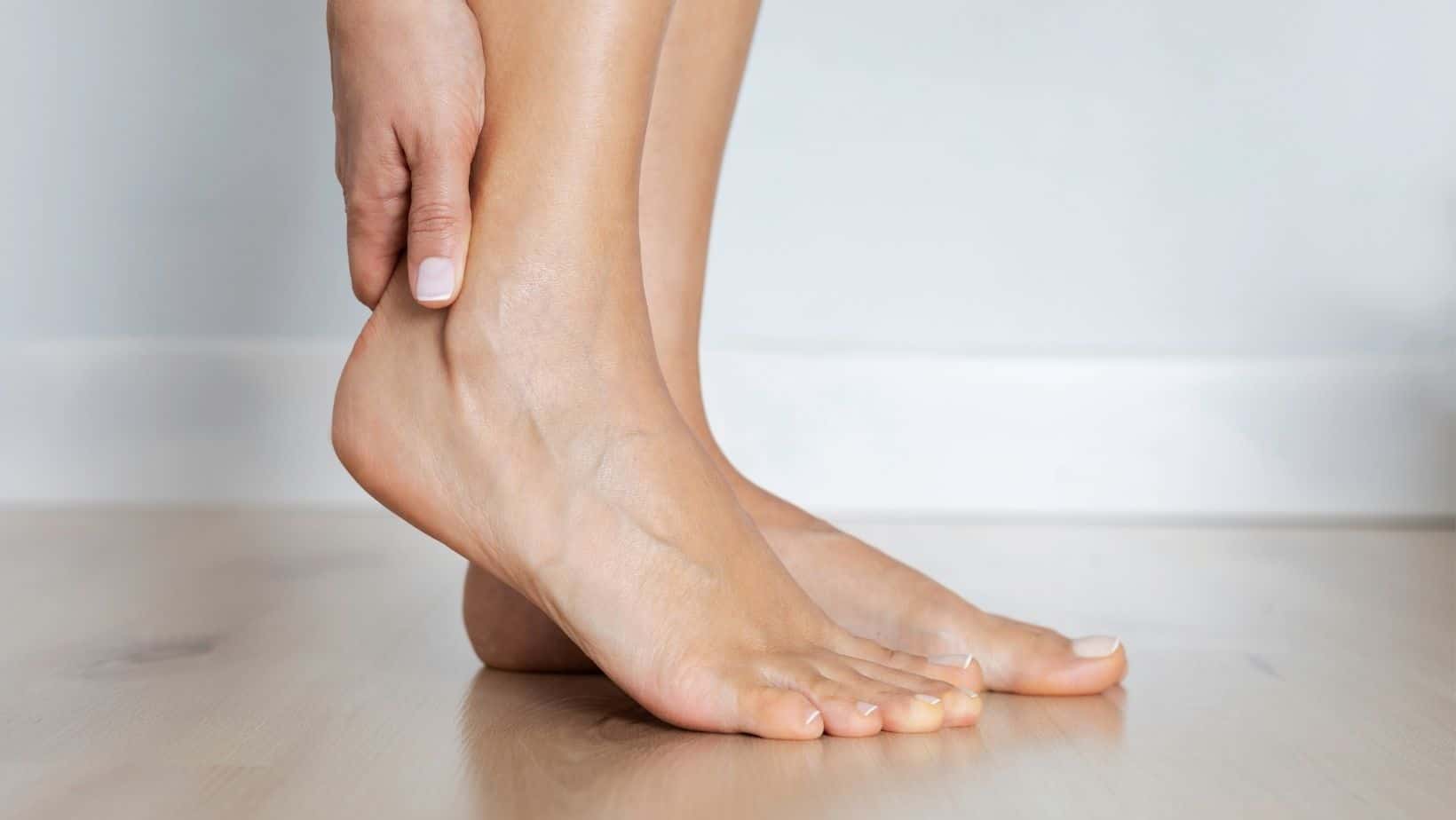
This is not medical advice. We recommend a consultation with a medical professional such as James McCormack. He offers Online Physiotherapy Appointments weekly.